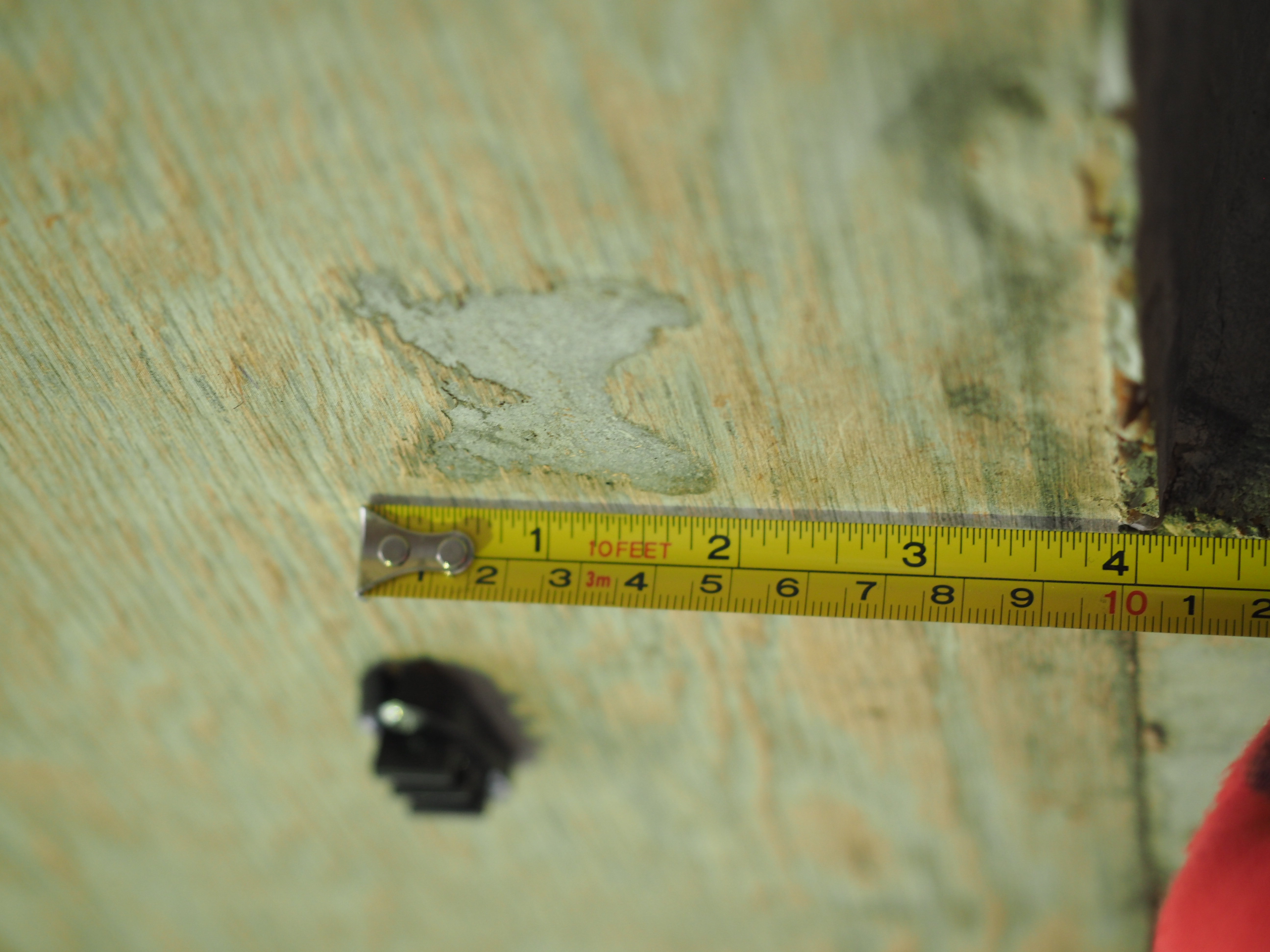Legacy Asbestos Spacer in Concrete
January 24, 2023
By: Wayne Bagnall, MBE
The reason for presenting a paper on asbestos spacers in concrete is to raise awareness of the wide use of asbestos cement reinforced spacer blocks manufactured and installed in reinforced concrete structures from the 1960s to the 1980s, which were used predominantly to ensure the steel reinforcing had sufficient coverage of concrete and used in reinforced concrete structures slabs, floors, soffits, columns and beams.
Many of these older buildings are now being demolished or remodeled, where these spacer blocks are likely to be disturbed. Although they pose a very low risk to persons health, we must all be on the lookout for these asbestos spacers and undertake analysis to confirm if they contain typically chrysotile (white) asbestos or not.
Concrete containing these asbestos spacer blocks must be identified with additional measures employed over and above conventional damping down to minimize the risks from respirable crystalline silica (RCS).
World Demolition Summit, November 2022, Vienna
I attended and presented a paper at the 14th World Demolition Summit (WDS), which was organized by the KHL Group and Demolition & Recycling International (D&Ri) alongside the European Demolition Association (EDA) and the National Demolition Association (NDA). The around 300 delegates who traveled from around the world were treated to 10 interesting speakers managed by session chairs Thomas Kasper and Stefani Panseri, who fielded the questions and lively debates.

Asbestos Spacers in Concrete
My paper, "The Implications of Legacy Asbestos Spacer Blocks in Cemolition," was well received and attracted lively debate during the Q&A portion. My presentation covered:
- Introduction, Case Study and Asbestos Survey
- Asbestos Cement Products in Concrete (History)
- Position of the U.K. Regulators
- Protocols, Controls and Limited Reuse vs. Landfill
- Refurbishment and Demolition Implications When Asbestos Spacers Are Present
It was in 2017 when I first came across these asbestos spacers on a large demolition project in central London, where I was the client's demolition consulting engineer for the demolition of a seven-story 1970s reinforced concrete framed building. I recall advising on the pre-construction information requirements and, in particular, the arrangements for the asbestos (demolition and refurbishment) survey. This survey was undertaken in two phases, as the building was initially still occupied. During the second visit, and after initial asbestos removal and soft-strip, I noticed small (50mm) bow-tie shaped impressions in the exposed floor soffits and asked the question, "What are these?"
Having determined these were cement spacers blocks that had likely become loose and had sank onto the formwork, they were sampled and tested for asbestos as a precaution. To my horror, they contained a significant 5% concentration of Chrysotile (white) asbestos.
Following additional sampling and testing, it was determined these asbestos cement spacers were throughout the building. Reference was made to the Control of Asbestos Regulations and REACH followed by intense dialogue with the regulators HSE and EA.

Although the concentration of asbestos in the arisings was well below the hazardous waste threshold of 0.1% w/w, we developed suitable protocols with control measures and implemented these to ensure the safe demolition and processing, which involved avoiding using limited and expensive landfill space. The arisings were placed into low-risk areas where it was unlikely to be disturbed in the future.
I’ve since been undertaking research worldwide with manufacturers, construction companies, asbestos surveyors and demolition contractors to further understand the usage and extent that these asbestos products have been installed, identified and removed.
If you’d like a copy of my presentation, have come across these asbestos spacers or you’d like a chat about this subject, please send an email request to me at mwb@waynebagnall.co.uk.